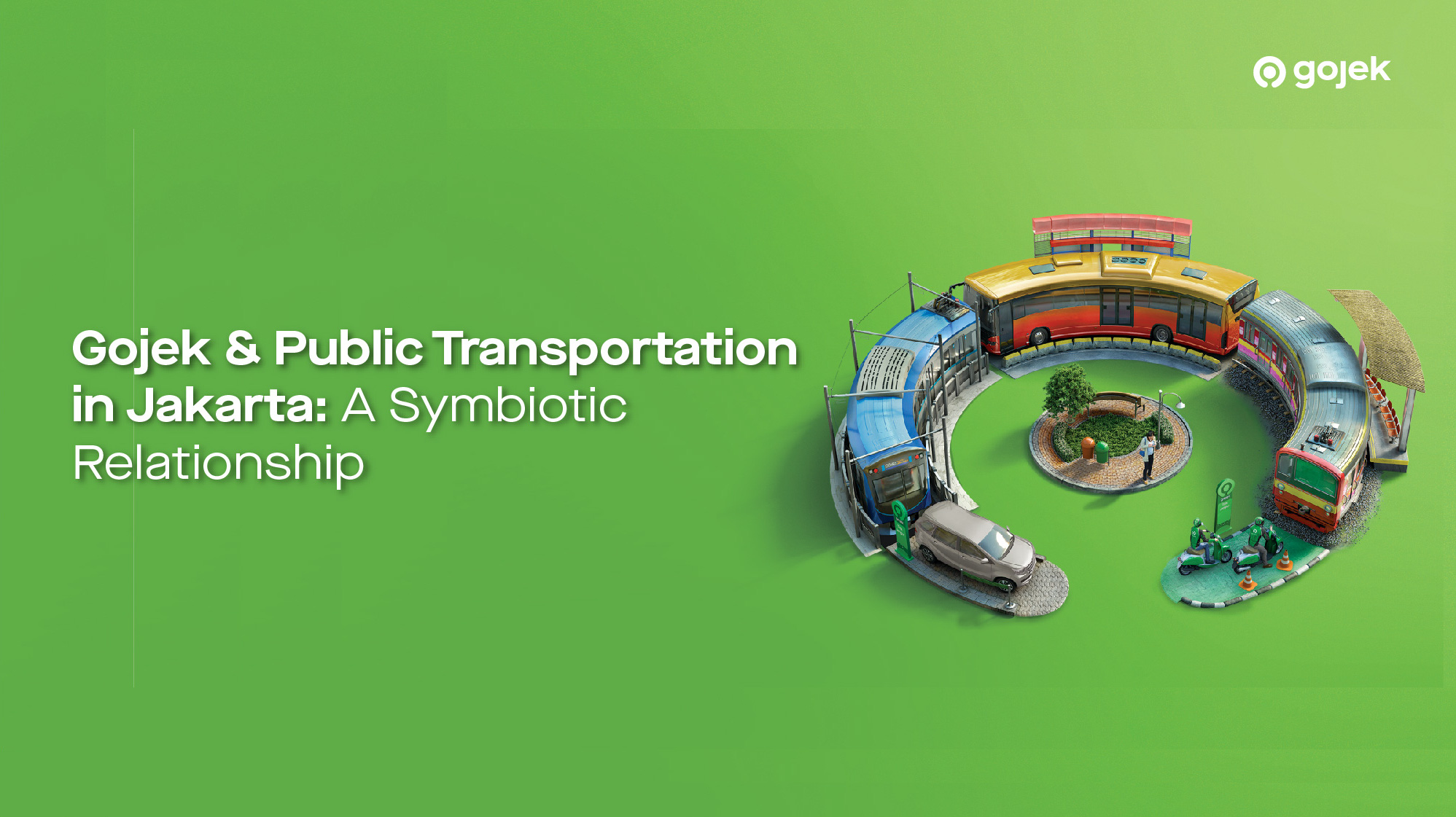
In 2015 Gojek launched an app that changed the way people get around Jakarta, by using technology to unleash the potential of Ojek drivers. Being able to call an Ojek from anywhere with standardized price and service standards was a game-changer for shorter trips—however, not all trips are short. Many people living in Jakarta, especially those living in Bodetabek, have to make long commutes every day, taking more than 1 hour and covering more than 20 km each way. These long commutes aren’t a use case that GoRide solves for entirely, and ordering a GoCar for daily commute ends up being too expensive. We still haven’t solved the entire problem of helping you get to where you need to be, no matter how far away it is.
“Saya sih pernah tuh naik Gojek dari kontrakan jakarta balik ke rumah orang tua yg bekasi, tapi capek banget sih di jalan. Udah capek, lama lagi”- Male, 28 years old, Worker, Jakarta - Bekasi (Source: End-to-end mobility Project, 2019)
“Saya dari Kebon Baru ke Kantor Walikota Jakarta Utara bela-belain naik busway tiap hari, walaupun bawa anak ke daycare. Kalau naik GoCar setiap hari pengeluaran naiknya jadi jauh berlipat ganda. Paling kepake kalau hujan aja” - Female, 29 years old, worker, Jakarta Selatan - Jakarta Utara(Source: Project Move (GoTransit Foundational, 2020)
Though we haven’t solved the entire problem, we’ve solved part of it by providing our users with a convenient first-mile/last-mile solution for connecting to public transportation as the “middle mile” of their long commutes. First-mile/last-mile trips are the most important use case for GoRide in Jakarta: 1 in 5 GoRide trips in the city are either to or from a public transportation hub, which is more than the total number of trips to or from all malls, stores, and restaurants combined. Our top 11 most popular destinations in Jakarta are all train stations, and 1 out of 2 Gojek users in Jakarta have made a first-mile/last-mile trip to a public transportation hub using GoRide at least once.
Gojek effectively augments the reach of Jakarta’s existing public transportation infrastructure by allowing people who live within a 5 km radius, or anything further than walking distance, to take public transportation every day. Our data also shows that when our users take public transport and use GoRide as the first-mile/last-mile solution, the end-to-end trip time reduces by 40% during morning rush and 30% during afternoon rush compared to driving a car directly from the origin to the destination. The average travel time from Serpong to Setiabudi during morning rush hour is 91 minutes if taking a GoCar directly, and 62 minutes if doing a multi-modal trip using GoRide & train. During afternoon rush, a direct GoCar trip from Kuningan to Sawangan in Depok can take up to 100 minutes but only 71 minutes if doing a multi-modal trip using GoRide & Train. More people doing multi-modal trips with public transportation in this way is not only faster, but it also reduces traffic and pollution—which is a win for everyone.

We’ve also explored different solutions to reduce friction when finding and getting a driver from a crowded train station through GoRide Instan, a feature that allows customers and drivers to stand in a queue and directly match themselves to each other. This feature has reduced average waiting time by 40% and also reduced traffic and road congestion caused by drivers waiting on the road for their passengers.



Our vision at Gojek is to help you get to where you need to be, in whatever way you want to get there. We won’t be able to make this happen by only focusing on segments of the long, multi-modal trips our users take—we must solve for the end-to-end experience, especially when the journey involves changes between different modes of transportation. Gojek is also not the only first-mile/last-mile solution for public transportation hubs: some people prefer taking angkot, or asking a relative to drop them off, and we must accommodate for these needs as well.
In Jakarta we’ve seen first-mile/last-mile trips grow 46% yearly, with trips to or from MRT stations growing by 5.5x since March 2019, around the time the Jakarta MRT first launched. We’d like to continue contributing to the growth of Jakarta’s public transport ridership, and the public transport ecosystem in general. There are ~20 million monthly active users across the Gojek platform—which is roughly 10% of Indonesia’s working-age population—and around 90% of them have expressed interest in using public transportation more often if the experience were more convenient.
We’re uniquely positioned to make the multi-modal experience more convenient for our users: we have data on how people and goods move throughout the city, and GoPay provides us with a payments infrastructure we can leverage to create a seamless ticketing experience. Imagine being able to use Gojek to get multi-modal directions to wherever you’re going, with different options of transportation modes you can choose from, and then purchasing the end-to-end trip in one go—both the GoRide trips and the public transportation ticket. We’re already taking our first steps towards this vision, which we see as the future of transportation for Gojek. We firmly believe that getting more people to use public transportation will be beneficial for Gojek, public transportation operators, the DKI government, the environment, and of course our users. We look forward to collaborating with all stakeholders to make this vision a reality.
